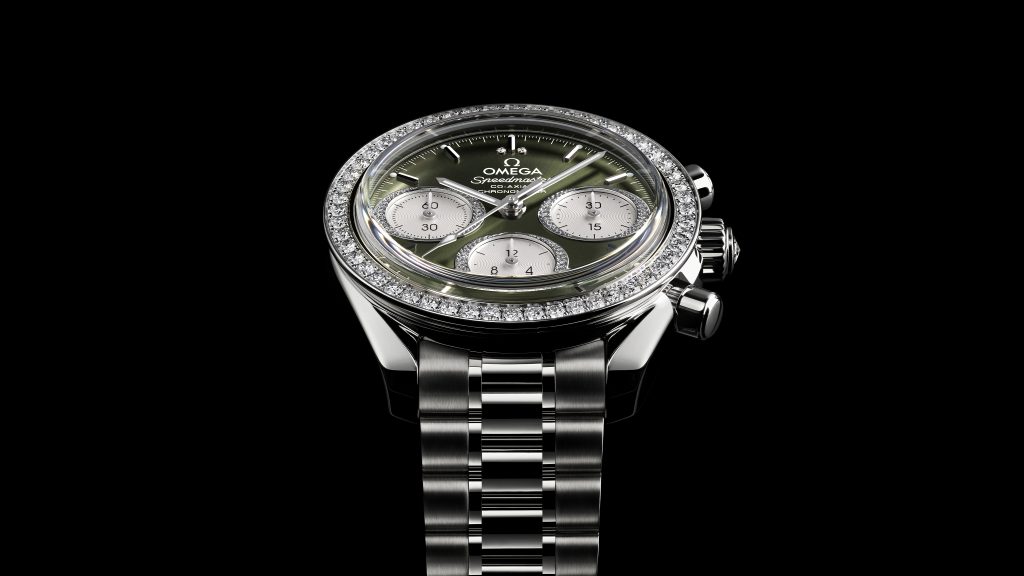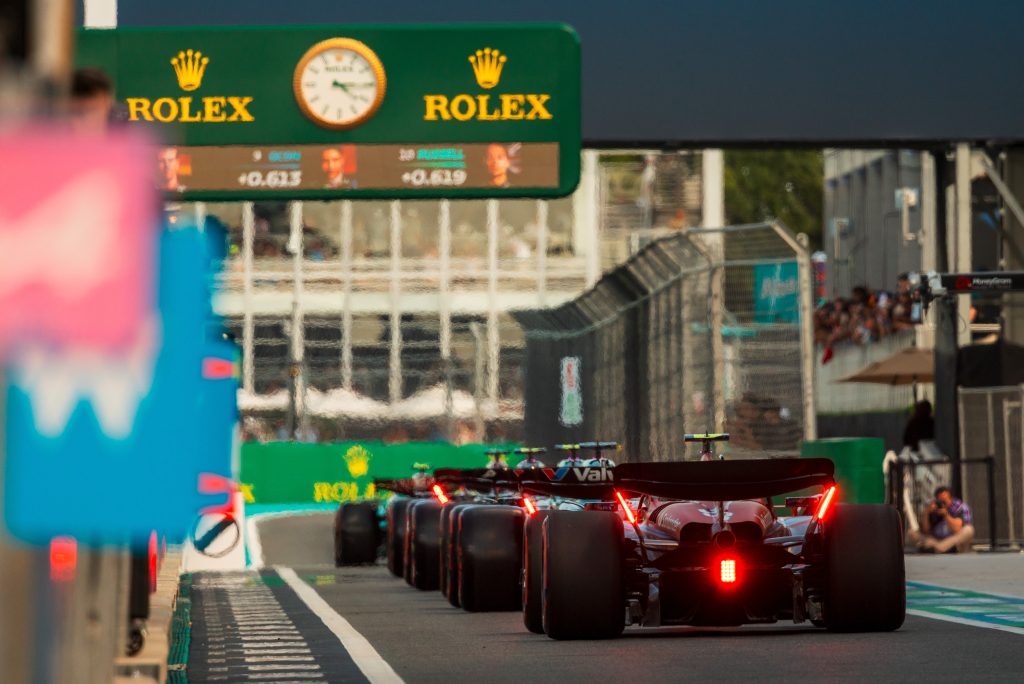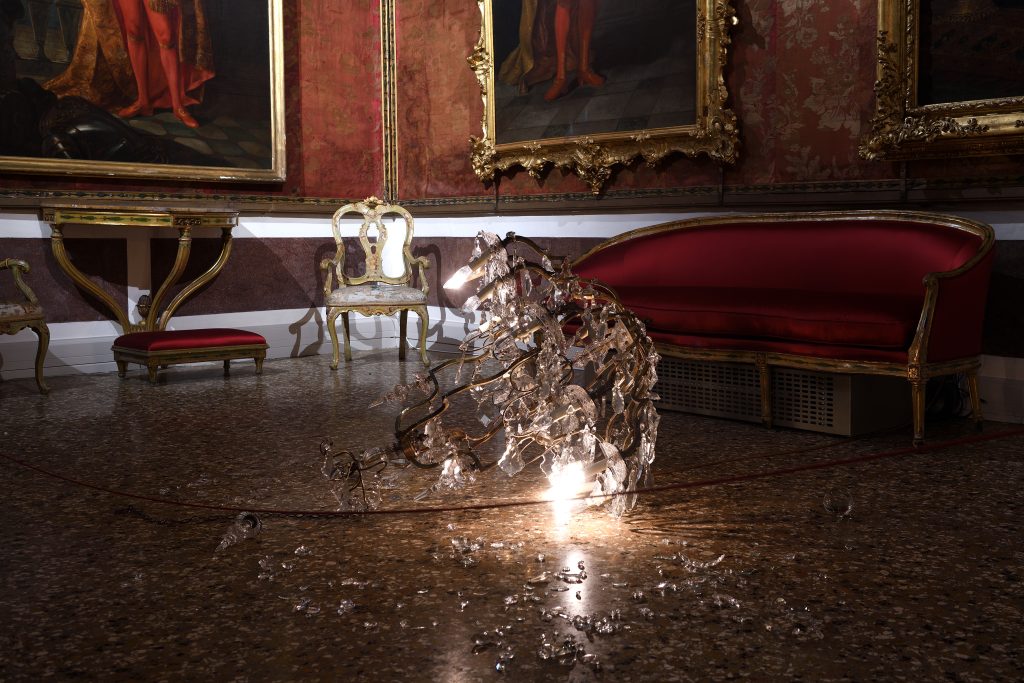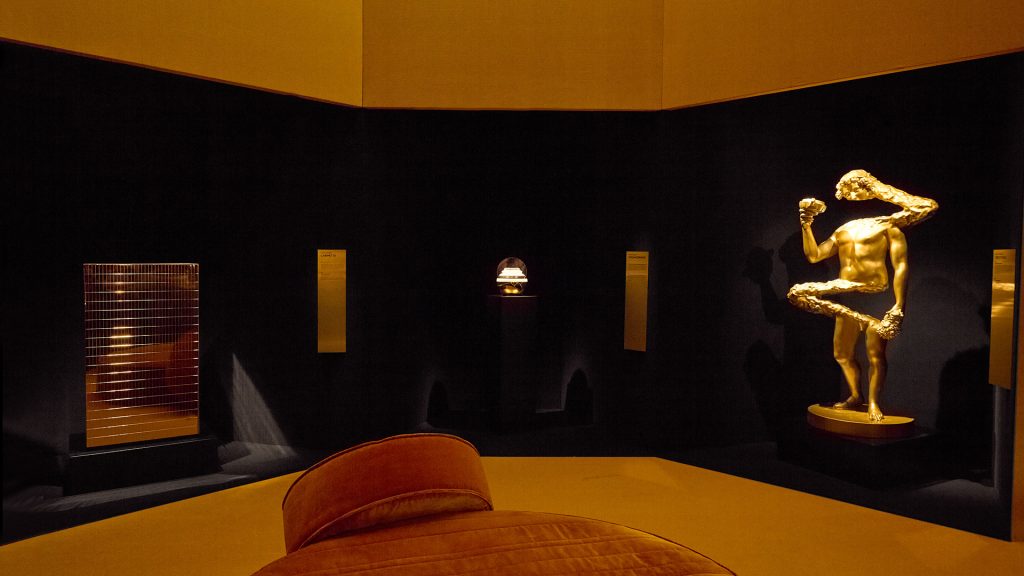How the ’90s Inspired the New Bugatti Centodieci
Unveiled at this year’s Pebble Beach, a new machine that pays homage to one of the brand’s icons

In March 2019 Bugatti sold a car for $18.9 million to an undisclosed buyer. At the time, La Voiture Noire (or The Black Car) set the record for the most expensive new automobile ever sold. With nods to the Type 57, La Voiture Noire is seductive, but it’s not nearly as visually interesting as the latest from the brand: the Bugatti Centodieci, which was unveiled at Pebble Beach during Concours d’Elegance week. More than a rebadged Chiron, the Centodieci boasts a horsepower bump (from 1,500 to 1,600), and you can lose your license in a mere 13.1 seconds—the time it takes to reach 186mph on your way to a top speed of 236mph. But let’s be real: cars like this rarely get flogged that hard. They’re more often show-ponies purely so their owners can arrive in head-turning style at the valet of a fancy address.
The Centodieci is dripping with style and swagger. Guided by designer Frank Heyl at the Concours, we take a closer look at the stunning car, how it pays homage to a 1990s icon (the EB110) and how the Centodieci will almost surely follow suit as a hallmark for the carmaker.
In 1987 the Bugatti name carried little weight. Only collectors knew or cared about its performance and design history. One such collector was Romano Artioli, who owned a huge Ferrari dealership chain and wanted to see Bugatti rise again. Like his friend, Ferruccio Lamborghini who pioneered his own supercar company, Artioli dreamt big and built a massive factory in Campogalliano, near Modena—home to Ferrari and close to Lamborghini in Sant’Agata. The goal was to poach Italy’s best engineers and designers from their jobs at rival brands and, for a very short time (barely more than five years) before the supercar boom went bust, it actually worked.

The sole product of Artioli’s pyrrhic effort was the EB110, a car that Heyl says modern-day Bugatti (under Volkswagen) has mostly ignored—despite the fact that clean versions of the EB110 now sell for over $2 million. Also, despite the fact that the then-bonkers 553hp V-12 made the 1990s Bugatti EB110 every bit the pinnacle of the supercar pantheon.
It’s not just the performance of the EB110 that’s contributed to its increased value, but also its design. Strange and polarizing at the time the design remains controversial because it was penned not by a car designer, but by architect Giampaolo Benedini—the individual behind the brand’s Campogalliano factory. The car itself is what Heyl calls, “triangular,” because “Benedini made buildings, not cars, he designed all these architectural elements into the EB110.” Chief among them is an overall shape: “a wedge on wheels,” Heyl says. Something that Benedini took to extremes by producing a car aerodynamic enough to break every important speed record of its era.
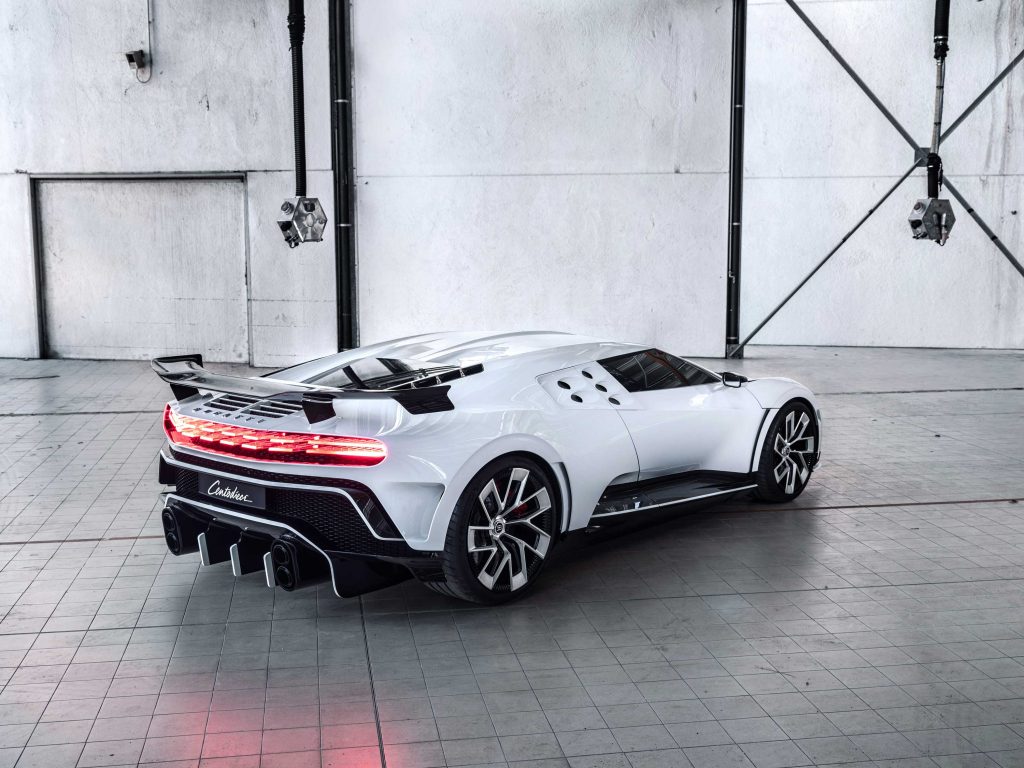
For a time, the Campogalliano factory was an epicenter of automotive design and while today it sits empty, it had gleaming glass walls, marble floors and arched walls that would reflect light throughout the day. The EB110 is a rolling echo of those concepts. And Heyl says, rather than riff off that car directly for the Centodieci, the goal was to “pay homage by citing the form language here and there” rather than create something retro or gimmicky. To do that, Heyl and his team had to dispense with the Chiron’s laidback shape. He explains, “If you look at the side of the Chiron, you have this very leaned-back attitude, but on the Centodieci we do just the opposite.”

To get there, Heyl explains that designers had to greatly steepen the wedged nose and finish with a taller car at the rear. “It’s really a triangle, a very geometric architectural kind of shape,” he tells us. The Centodieci finishes 60mm higher than the Chiron, and Heyl notes the strafe-like cut in the side body that traces right through the front wheels, bisects the door in two, and finishes at the shoulder line. Like Benedini’s EB110, all of its shapes and lines catch the eye one after another, so the car looks different from every angle.

Heyl’s citations of the EB110 (and indeed Benedini’s of his own architecture) include the nose, eyes, and ears of the original. So the very small archway-shaped signature grille (the “nose”) of the EB110 is echoed on the Centodieci. “This horseshoe had to become much smaller,” Heyl says, comparing it to that of the Chiron—since the goal was to steepen the rake of the Centodieci’s hood. Then there are the “eyes”—the headlights that are mere slits on the Centodieci. “Benedini did these narrow, rectangular lights on the EB110. Nobody did that in the 1990s,” Heyl says.

The five-hole intakes just behind the cabin of the EB110 (the “ears”) are also mirrored on the Centodieci, and are more than thematic. “We’ve upgraded the turbochargers and the car revs to a higher 7,000rpm,” Heyl continues. “So we use those intakes just to get adequate air to the turbos.” The mask-like windshield is also more angular and because of the blacked-out A-pillar appears to wrap around the silhouette of the car.

I look back at some of the cars in the 1990s and think, ‘Those designers were so lucky, they could make whatever they wanted
If some of Benedini’s ideas were whimsical, Heyl’s modern touches make them functional. He explains that by reinterpreting the wedge shape of the ’90s car, they were able to make far more downforce at the front of the Centodieci than in the Chiron—a key to making a wedge stick to the ground. While the finned nose of the new car looks purely aesthetic, the design actually draws in air that then cuts beneath the hood and mashes the front tires earthward. Air that sweeps across the roof of the car is captured by NACA ducts in the carbon fiber body, down and through a slit in the backlight glass and exits through the massive structure of the dozens of LEDs housed in an ovoid porthole below the giant spoiler.

There’s a clever design trick here: the wedge is broken if you see the car from above (where the apex of the roof is actually almost in line with the top of the windshield and everything rearward sweeps down) but from the side the Centodieci still appears to be triangular. This preserves the designers’ intent while harnessing aerodynamic attributes that will make it safe even when traveling over 200mph.
“I look back at some of the cars in the 1990s and think, ‘Those designers were so lucky, they could make whatever they wanted,'” Heyl says, noting how modern safety standards require thicker pillars and taller noses, even on supercars. But he also notes that he has tools Benedini couldn’t have imagined. “We did this thing in six months, no model. This is digital,” he tells us. When his team finally did non-virtual revisions, they milled just one scale model out of foam because the digital version was so closely aligned to their end target. “We had just a few little corrections from the digital, and then went into tooling for the show car,” he says. “If you told somebody back then we’d go from zero to a show car in six months, they’d never believe you.”
Heyl says this small series of cars (of just one or just 10) will give way to some sort of successor to the Chiron, but he also cautions fans of extremely powerful, expensive cars to take note of this year. “Look at what we’re doing. Look at what everyone else is doing,” he tells us. “I think we’ll look back in 30 years on to this time and say that was the golden age of supercars.”
Hero image by Michael Frank





